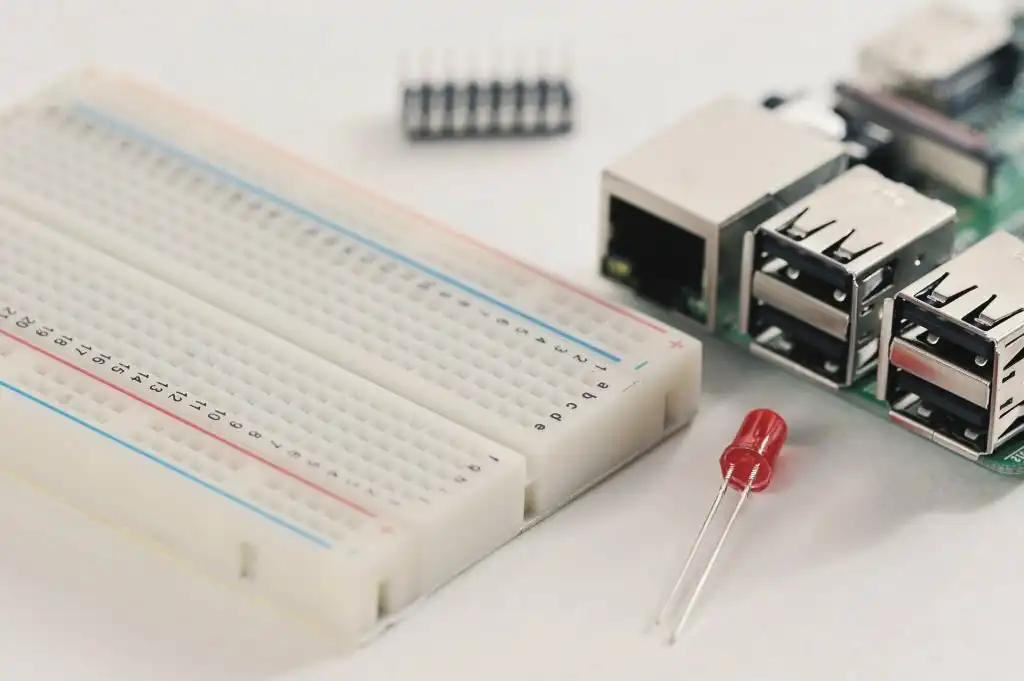Sensors and transducers are devices that play a crucial role in converting physical quantities into electrical signals or other readable forms. They are fundamental components in various industries and applications, enabling the measurement and monitoring of physical phenomena. Here’s an overview of sensors and transducers:
Sensors:
- Definition:
- Sensors are devices that detect or measure physical properties and convert them into electrical signals or other readable forms.
- Types of Sensors:
- Temperature Sensors: Measure temperature changes, e.g., thermocouples and thermistors.
- Pressure Sensors: Monitor changes in pressure, e.g., piezoelectric sensors and strain gauges.
- Proximity Sensors: Detect the presence or absence of an object, e.g., infrared sensors and ultrasonic sensors.
- Light Sensors: Measure light intensity, e.g., photodiodes and phototransistors.
- Motion Sensors: Detect movement, e.g., accelerometers and gyroscopes.
- Gas Sensors: Monitor gas concentration, e.g., gas chromatography sensors and electrochemical gas sensors.
- Biometric Sensors: Measure biological characteristics, e.g., fingerprint sensors and heart rate monitors.
- Image Sensors: Convert light into electrical signals for imaging, e.g., CCD (Charge-Coupled Device) and CMOS sensors.
- Humidity Sensors: Measure moisture levels in the air.
- Force Sensors: Detect force or load, e.g., piezoelectric sensors and strain gauges.
- Working Principles:
- Sensors operate based on various principles, including resistive, capacitive, inductive, piezoelectric, and optical principles, depending on the type of sensor.
- Applications:
- Sensors are used in a wide range of applications, including automotive systems, industrial automation, healthcare devices, consumer electronics, environmental monitoring, and more.
Transducers:
- Definition:
- In the context of sensors, they convert physical signals into electrical signals.
- Types of Transducers:
- Electromagnetic Transducers: Convert mechanical energy into electrical energy, e.g., generators and microphones.
- Piezoelectric Transducers: Convert mechanical stress into electrical voltage, used in sensors and actuators.
- Thermoelectric Transducers: Convert temperature differences into electrical voltage, e.g., thermocouples.
- Photoelectric Transducers: Convert light energy into electrical energy, e.g., solar cells.
- Electrochemical Transducers: Convert chemical information into electrical signals, e.g., sensors in pH meters.
- Applications:
- Transducers are essential in various fields, including energy conversion, medical devices, communication systems, and industrial automation.
Key Considerations:
- Accuracy and Precision:
- The accuracy and precision of sensors and transducers are crucial for reliable measurements.
- Calibration:
- Regular calibration is necessary to maintain the accuracy of sensor measurements over time.
- Output Signal:
- Different sensors provide different types of output signals, such as analog voltage, digital signals, or frequency.
- Sensitivity:
- Sensitivity refers to the change in output per unit change in input. Higher sensitivity is often desirable for certain applications.
- Response Time:
- The time it takes for a sensor to respond to a change in the measured quantity.
Sensors and transducers are integral components in the development of smart systems, IoT (Internet of Things) devices, and various technologies that rely on data from the physical world. Advances in sensor technology continue to drive innovations across industries.
